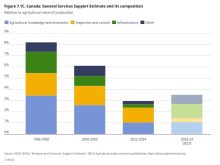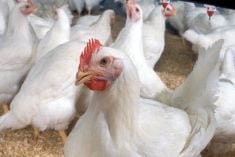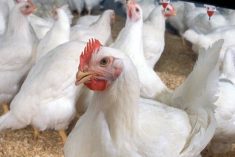Chickens were domesticated from Asian jungle fowl around 6,000 years ago, but these early birds didn’t look much like the chickens of today.
They didn’t look the same, they were more aggressive and they laid fewer eggs less often.
At some point this all began to change, but until recently researchers have never really understood when or why.
Now, an international team of scientists has combined DNA data from archeological chicken bones with statistical modelling to pinpoint when these traits started to increase in frequency, revealing interesting correlations.
Read Also

Manitoba grain elevator ownership expands
Carman-based Linear Grain buys Fannystelle elevator from Bunge, another three elevators sold to Morden’s BP & Sons Grain and Storage Inc.
“The problem has always been to link genetic evolution to potential causes. We now have timings that are precise enough to correlate them with ecological and cultural shifts,” says Liisa Loog, the first author of the study.
They found that this happened in High Middle Ages, around 1000 AD. Intriguingly these strong selection pressures coincided with increasing urbanization and Christian edicts that enforced fasting and the exclusion of four-legged animals from the menu. Could medieval religious rules have increased the demand for poultry and thereby altered chicken evolution?
“With our new method we see that the time of selection coincides with an increase in the amount of chicken bones in the archeological records across Northern Europe,” said co-author Anders Eriksson.
That also coincides with several cultural and social changes, including a general increase in the popularity of Christian beliefs, new religious dietary rules and increase in urbanization which favoured traits that mean that animals could be kept in small spaces, Eriksson said.















